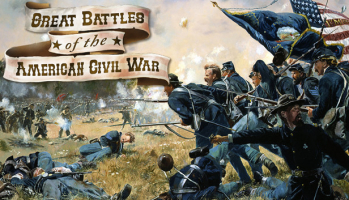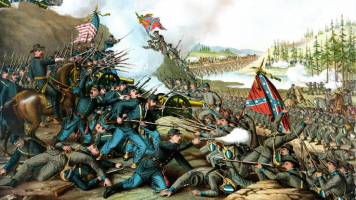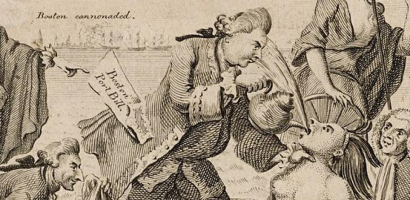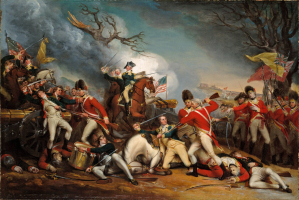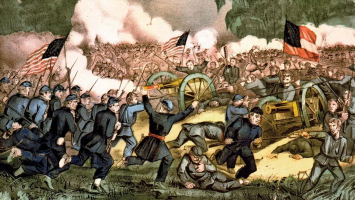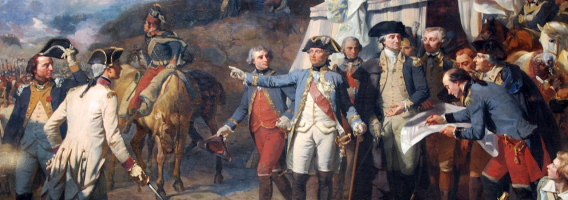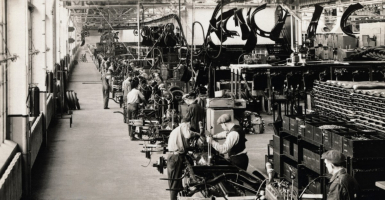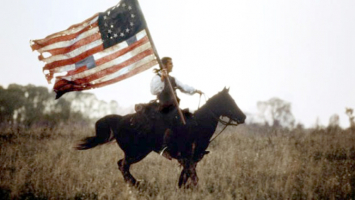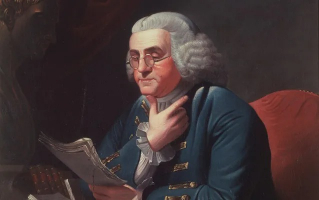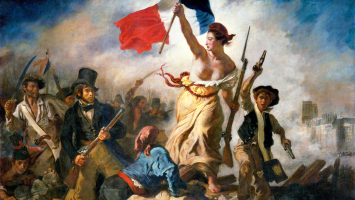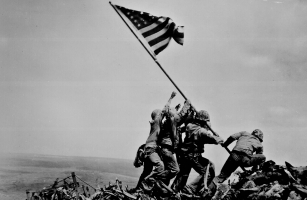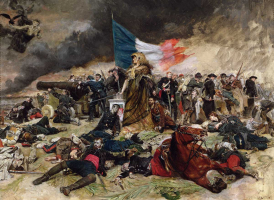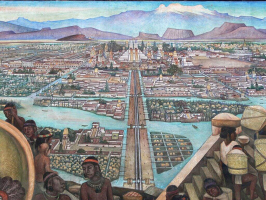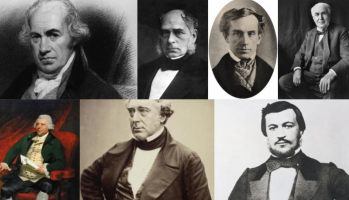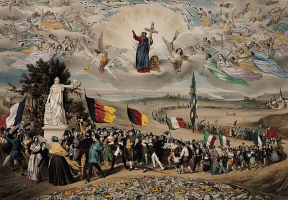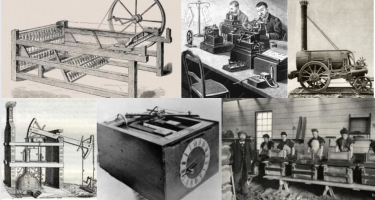Top 5 Major Causes of the American Civil War
One of the most studied times in American history is the American Civil War (1861–1865), which is still the bloodiest struggle in the nation's history and ... read more...claimed the lives of about 20% of men between the ages of 18 and 40. Since then, generations have been captivated by the legends and myths surrounding the Civil War, and the Confederate flag continues to be a divisive and potent political symbol. But why did the country of hope and dreams, America, descend into such a bloody and dramatic civil war? Let’s explore the major causes of the American Civil War below!
-
First and foremost, one of the major causes of the American Civil War is slavery in the economy and society. All 13 British American colonies had legalized slavery at the time of the Declaration of Independence in 1776, and it continued to play a prominent role in their economies and communities.
Before the American Revolution, the system of slavery in America had already solidified itself as only affecting people with African heritage. The seeds of white supremacy were sown in this environment. Only a small number of Black people and no enslaved people were permitted to vote or own property even when the U.S. Constitution was ratified in 1789.
However, a growing anti-slavery movement had prompted many Northern states to pass abolitionist legislation and end slavery. The North benefited from a consistent influx of European immigrants thanks to an economy that was based more on the industry than agriculture. Many of these new immigrants could be engaged as factory employees at low salaries because they were poor refugees from the potato famine of the 1840s and 1850s, which decreased the necessity for slaves in the North. Longer growing seasons and rich soils in the Southern states had created an agriculture-based economy supported by vast plantations controlled by White people that relied on enslaved people to carry out a variety of tasks.
This economic disparity also led to irreconcilable differences in societal and political views. In addition to creating irreconcilable divides in society and political viewpoints, this economic disparity. The flood of immigrants, many of whom came from nations that had long before abolished slavery, helped create a civilization in the North where individuals from many classes and cultures coexisted and worked together. But the South persisted in maintaining a social structure based on white dominance in both personal and public affairs, not unlike the long-lasting racial apartheid in South Africa. These distinctions affected opinions on the federal government's authority to regulate the economics and cultures of the states in both the North and the South.
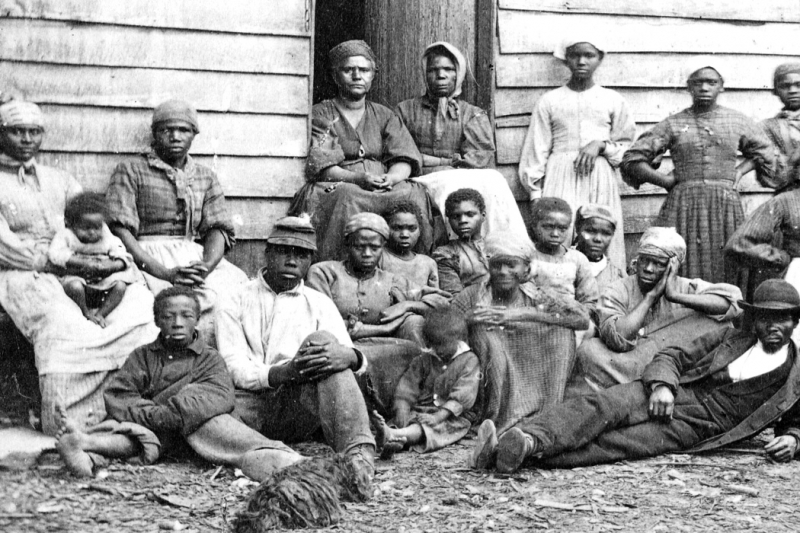
Photo: https://daily.jstor.org/ 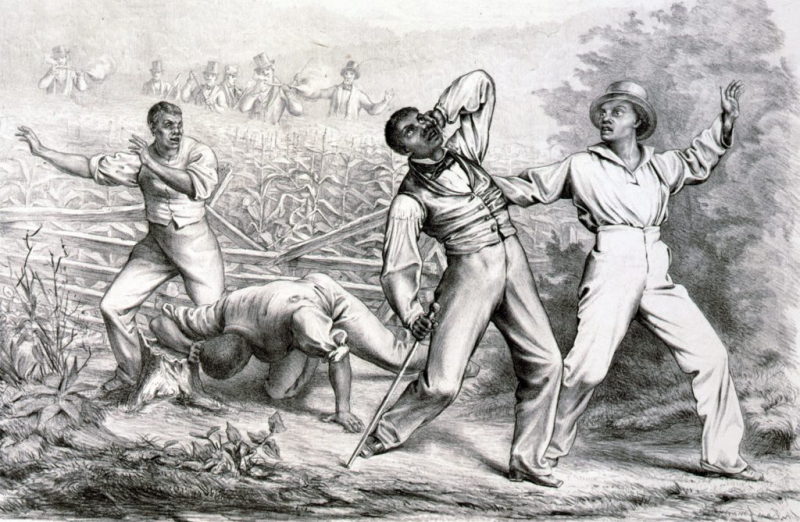
Photo: https://www.historyextra.com/ -
Regarding the function of the government, two groups have developed since the American Revolution. Some people contended that the states should have more freedom, while others insisted that the federal government ought to have more power.
The Articles of Confederation established the first formal government in the United States following the Revolution. The 13 states came together to form a shaky Confederation with an ineffective federal authority. However, as issues developed, the shortcomings of the Articles compelled the time's leaders to convene in the Constitutional Convention and draft the U.S. Constitution, covertly.
Patrick Henry and Thomas Jefferson, two prominent supporters of states' rights, were not present at this meeting. Many believed that the new Constitution disregarded states' rights to maintain their independence. They believed that the states should continue to have the freedom to choose whether or not they wanted to embrace particular federal laws.
The concept of nullification was born as a result, giving states the authority to declare federal laws to be unlawful. This right was denied to states by the federal government. However, supporters like John C. Calhoun, who quit his position as vice president to serve as South Carolina's senator, fiercely pushed for nullification. Many Southern states moved toward ideas of secession when nullification failed and they believed that they no longer had any respect for them.
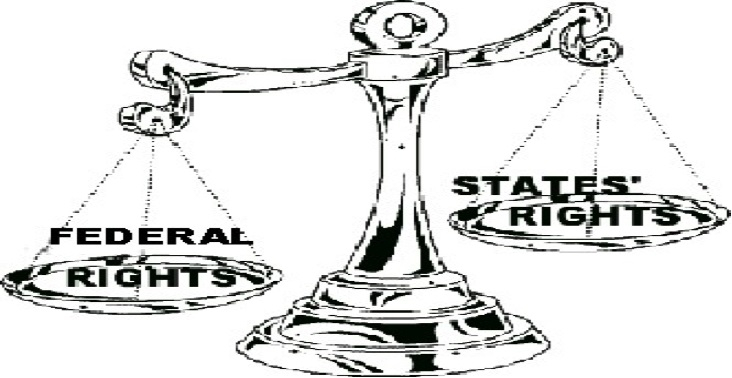
Photo: https://theedge.com.hk/ 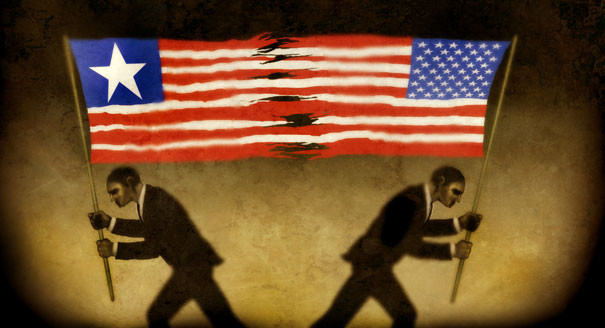
Photo: https://www.politico.com/ -
The issue of whether new states will support slavery or be free states arose as America started to grow. An effort was made to guarantee that the Union admitted an equal number of free states and states that supported slavery, although this proved challenging over time.
Henry Clay and others came up with the Compromise of 1850 to address the balance between pro-slavery and free states. Both the interests of the North and the South were intended to be protected. The Fugitive Slave Act was one of the conditions for California's admission as a free state. This made persons liable for sheltering slaves who were looking for freedom, even if they were in free states.
Another matter that heightened tensions were the Kansas-Nebraska Act of 1854. It established two new territories, allowing the states to choose whether they would be free states or pro-slavery states via popular sovereignty. The true problem started in Kansas when "Border Ruffians," or supporters of slavery from Missouri, poured into the state to push it toward slavery.
Violence-filled altercation in Lawrence, Kansas, brought issues to a head. Due to this, it earned the nickname "Bleeding Kansas." Even on the Senate floor, a brawl broke out when Massachusetts senator Charles Sumner, a supporter of abolition, was struck in the head by Sen. Preston Brooks of South Carolina.
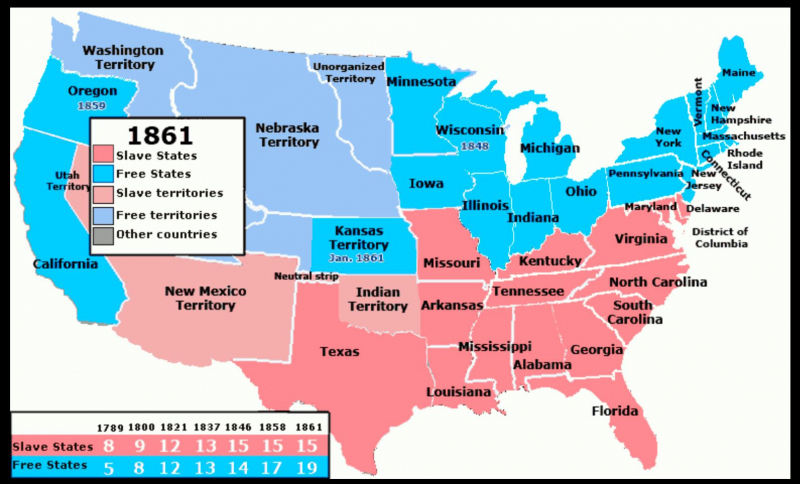
Photo: https://ouriowaheritage.com/ 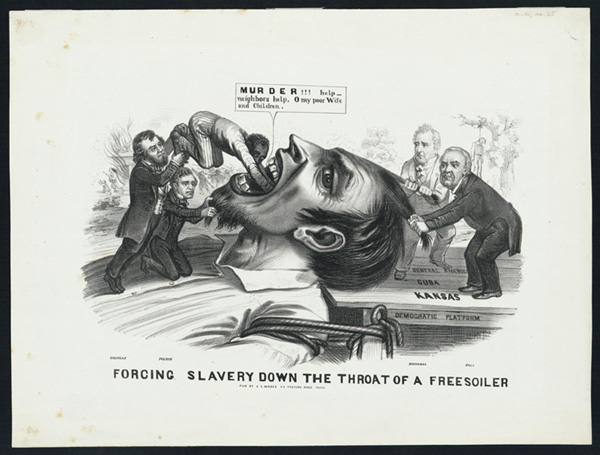
Kansas-Nebraska Act - Photo: https://www.essentialcivilwarcurriculum.com/ -
Northerners' opposition to slavery became more divisive over time. Growing sympathy was felt for abolitionists as well as opposition to slavery and its practitioners. Many people in the North began to believe that slavery was morally wrong in addition to being socially unjust.
There were many different perspectives among the abolitionists. Frederick Douglass and William Lloyd Garrison, among others, fought for the instant emancipation of all slaves. Theodore Weld and Arthur Tappan were part of a group that favored emancipating slaves gradually. Others, like Abraham Lincoln, merely wished to prevent the spread of slavery.
In the 1850s, a lot of things happened that fueled the abolition movement. "Uncle Tom's Cabin," a well-known book by Harriet Beecher Stowe, helped many people understand the reality of slavery. The Supreme Court was confronted with the rights, freedom, and citizenship of enslaved individuals as a result of the Dred Scott Case.
Some abolitionists also chose a less peaceful strategy in their battle against slavery. In "Bleeding Kansas," John Brown and his family campaigned for the abolition of slavery. They carried out the Pottawatomie Massacre, killing five settlers who supported slavery. However, Brown's most well-known battle would also be his last when the party stormed Harper's Ferry in 1859; he would be executed for the crime.
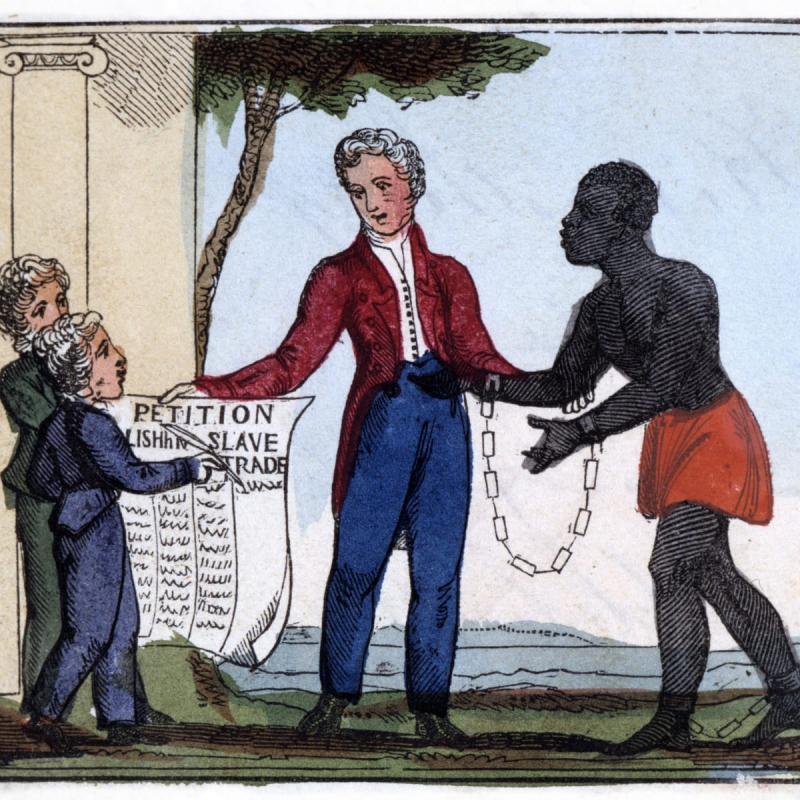
Photo: https://www.history.com/ 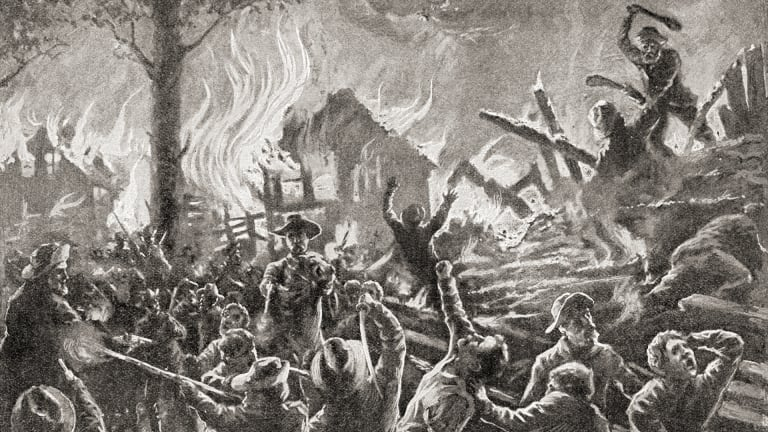
Bleeding Kansas - Photo: https://www.history.com/ -
The election of Abraham Lincoln as the 16th President of the United States is considered one of the major causes of the American Civil War. Stephen Douglas, the Northern Democrat, was seen as Abraham Lincoln's main competition as the face of the fledgling Republican Party. John C. Breckenridge was put on the ballot by the Southern Democrats. To prevent secession, conservative Whigs formed the Constitutional Union Party, which John C. Bell represented.
Election Day made the divisions in the nation abundantly obvious. Breckenridge took the South, Bell the border states, and Lincoln the North. Only Missouri and a piece of New Jersey were won by Douglas. Lincoln received 180 electoral votes and the popular vote, which was sufficient for victory.
The day following Lincoln's election, on December 24, 1860, South Carolina issued its "Declaration of the Causes of Secession," even though matters had already reached a crisis point. They thought Lincoln was opposed to slavery and in support of the interests of the North.
The government of President James Buchanan did little to ease the tension or halt what would come to be known as "Secession Winter." Seven states broke away from the Union between Election Day and Lincoln's inauguration in March: South Carolina, Mississippi, Florida, Alabama, Georgia, Louisiana, and Texas. During this process, the South seized control of federal facilities, including forts in the area, giving them the groundwork for war.
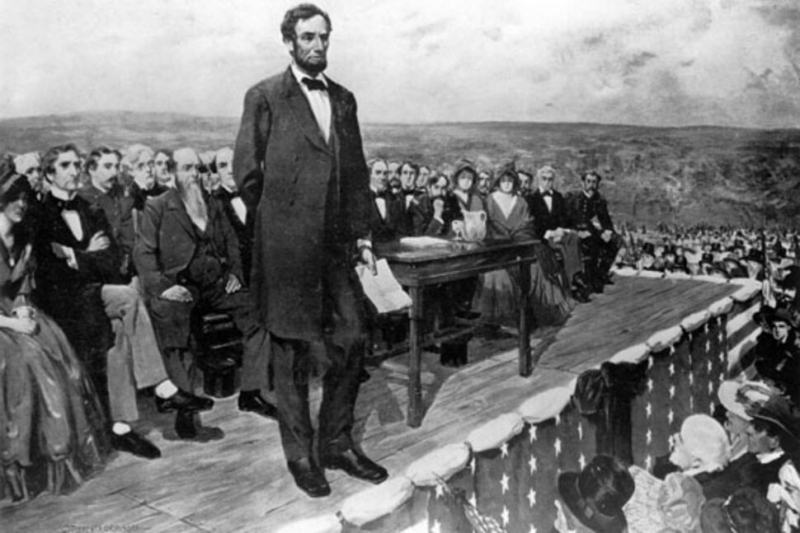
Photo: https://www.usnews.com/ 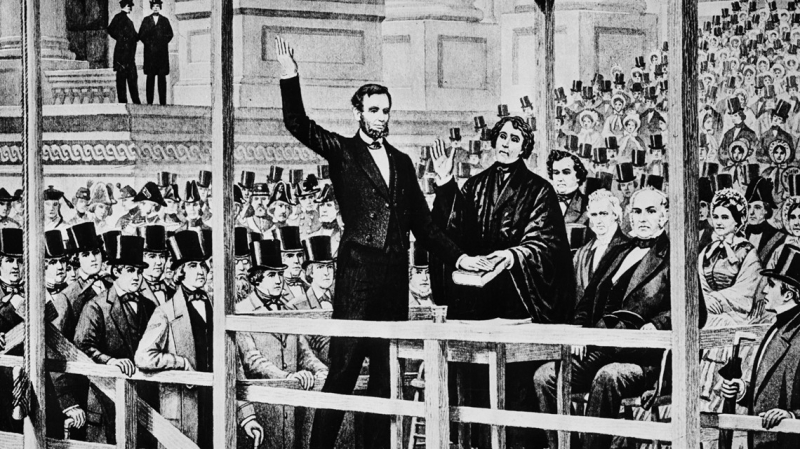
Photo: https://www.11alive.com/







